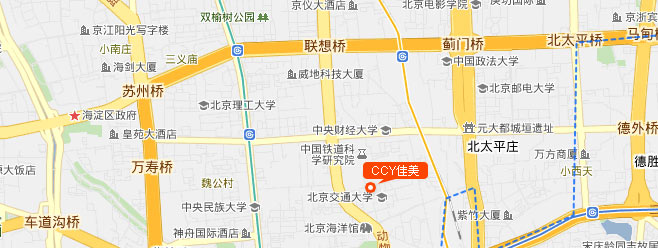Product series

Chang Jia meiyin international limited
Tung Choi Street, Mong Kok, Kowloon, Hong Kong 1A-1L-Wai commercial building, Room 10/F1003
Tel: 00852-27592923
Fax: 00852-27592926
Beijing Chang Camry technology limited
123th, Zhongguancun East Road, Haidian District, Beijing C-105
Zip code: 100,089
Tel: 010-62130067
Fax: 010-62136107
Email: BJ@ccyscreen.com
24-hour consultation: 13,581,676,957
Shenzhen Chang Camry Technology Ltd
Block c, SEG Technology Park, building 3, room 512
Tel: 0755-83953075
Chang in Shenyang jiamei technol...

Home > Support
PAL/NTSC/SECAM
The video signal is an analog signal, video, simulation data and video synchronization data to receive-side display the image correctly. Details of the signals depends on the video standard or "standard"--NTSC (United States national television standard Committee, National Television Standards Committee) and PAL (phase line by line, Phase Alternate Line) and SECAM (order of transfer and storage of color TV system, France used a TV format, SEquential Couleur Avec Memoire)。 In the PC area, due to using a different format, an incompatible situation. As far as the resolution, some format have 625 lines per frame (50Hz), while others are only 525 lines per frame (60 Hz). Which are in North America and Japan use standard, collectively referred to as NTSC. Typically, a video signal is generated by a video source, such as a camcorder, VCR or TV tuner. To transfer images, video source first-vertical synchronization signal (v-SYNC). This signal is reset the receiver devices (PC monitor), starting from the top of the screen shows the new image. VSYNC signal is issued, then scans the first line of the image for the video source. When you are finished, video source and generates a horizontal sync signal, reset the receiver, so that starting from the left side of the screen displays the next line.
And for each line of the image, to send a scan line, and a horizontal sync pulse signal. In addition, the NTSC standard also provides video sources need to send 30 per second full image (frame). If no other processing, flicker can be very serious. To solve this problem, each frame is divided into two parts, each 2-62.5. Part is full of odd-numbered rows, the other part of it was all even-numbered rows. Displayed when scanning odd lines, moving on to the even-numbered rows, you can effectively improve the image stability, reduce flicker. Currently there are three main color TV standard in the world, namely, NTSC, PAL and SECAM systems, three systems cannot yet be unified. Using the PAL-D system in our country. More than compatible plasma TV format.
And for each line of the image, to send a scan line, and a horizontal sync pulse signal. In addition, the NTSC standard also provides video sources need to send 30 per second full image (frame). If no other processing, flicker can be very serious. To solve this problem, each frame is divided into two parts, each 2-62.5. Part is full of odd-numbered rows, the other part of it was all even-numbered rows. Displayed when scanning odd lines, moving on to the even-numbered rows, you can effectively improve the image stability, reduce flicker. Currently there are three main color TV standard in the world, namely, NTSC, PAL and SECAM systems, three systems cannot yet be unified. Using the PAL-D system in our country. More than compatible plasma TV format.